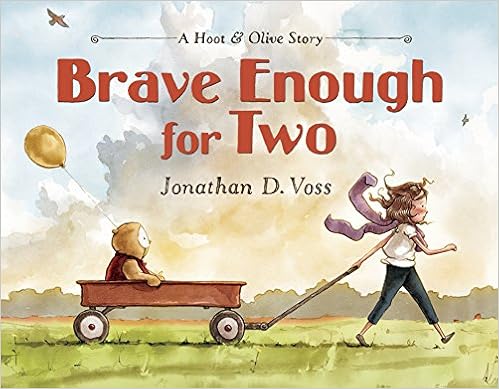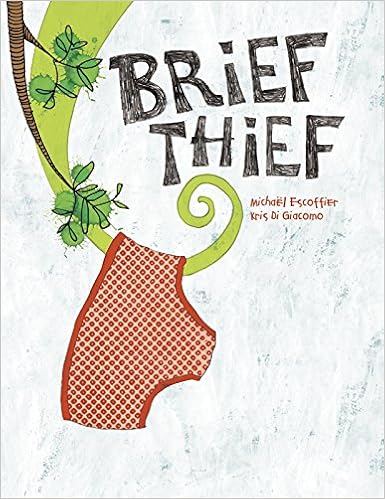Please comment to join the conversation: What I most want from this post is for everyone to share who the researchers are they follow and what are the publications that help them to find good research? Who are the people who read a lot of literacy research and share it (with citing not just synthesis....I want people who share their sources not just their opinions)? I'm going to start with a little intro to take you to how I got to my questions, but most importantly I want your thinking around the questions I ask.
This morning, I woke up early to watch (for the fourth time), What Research Really Says About the Teaching of Reading - and Why That Still Matters, which is still available to members of the International Reading Association. The talk features literacy researchers P. David Pearson, Nell Duke, Sonia Cabell, and Gwendolyn McMillon. (Thank you, ILA, for live-streaming during your conference and keeping this available to members. I could go on for days about that, but I must move to point.)
First of all, I'm going to admit to being a huge fan of Nell Duke. I first saw her at the National Reading Recovery Conference in Columbus, Ohio. I've never seen anyone who could talk with such ease and clarity about research in a way that makes such sense to me (and to be able to throw in the occasional one-liner to make the audience laugh). In that session, she shared seven studies with the audience for consideration in practice. When I saw her name on a panel about research during the ILA Conference, I had to sign up. I was not disappointed by Nell - or the group.
Let's be honest, it's a hot time in literacy. I'm a little saddened by the this or that stance people are taking. (To be clear, I don't think the "all this" or the "all that" camp is doing us any good. Additionally, I was going to say educators but, let's be honest, it isn't always educators leading this charge.) The truth is, we'd all be a lot better off if we could step back for a minute and ask ourselves what we could learn. You see, none of this conversation is without a bit of truth. Yet, the problem has always been that we tend to take a this or that approach to teaching young children when in truth it is a this AND that approach that matters. I always wonder what we could learn from each other that would make the work we do with children better if we'd all sit down in the middle. If there was one answer to teaching children to read, the debate would have ended long ago, but children are different and answers are complex. (Sorry, stepping off my soapbox to get to my point.)
I'm going to simplify a few points made by Nell Duke as she talked about the research that I've taken to heart and the reason I am writing this post.
- Beware confirmation bias! For me this means two things. The first and most important is that I am aware of the bias I have in the teaching of literacy and listen carefully to alternate points. I (We) must remain open to alternate points-of-view. Additionally, I try to remind myself that often the person across from me has their own bias. What are the ways to discuss important topics with someone who comes from a different point of view?
- Literacy teaching is complex. Nell makes the analogy (that I won't do justice to here) that a doctor will tell you to eat healthy foods, exercise, reduce stress and get plenty of sleep in considering your wellness. She won't just tell you one of those things (at 50.33). What I especially like about this analogy is that I know my doctor would focus their attention on the part of my health I'm not being as attentive to each day while not letting me forget the others. The same is true in our teaching of literacy.
- Know the research. "When it comes to thinking about evidence based practice...the best source for understanding what the evidence says is either the studies themselves...[or] people who regularly read research in research journals," reminds Nell Duke. I've been trying to work on this for a bit now. I want to know the research that supports my beliefs, but also to dig into the research of the ideas that bump up against what I know. This, however, isn't easy. As practitioners, we don't have access to many of the publications that researchers and scholars can access.
With that in mind, I'm going to share a few of the people I follow who seem to lead me to strong research and the publications that also push me in that direction. I will be transparent about the cost of those publications.
Researchers/Scholars/Educators I follow that lead me to the research:
- Dr. Nell Duke: Nell doesn't share as much as I wish she did, but she is quite thoughtful in the studies she shares. Honestly, I still haven't figured out exactly what her belief system is as she seems to remain so unbiased in her work.
- Dr. Mary Howard: It isn't hard to figure out the bias of Dr. Mary Howard; it's best practices for children. She is transparent about this bias, but what I do love about what she shares is that she always takes you back to the research to support these beliefs. I have found many great research sources thanks to a blog/article/podcast she has shared.
- Donalyn Miller: Donalyn is all about getting books into the hands of readers. However, she is also good about sharing the research that supports her beliefs. I like to keep an eye on the locations of her sources as this often leads me to new research.
- Larry Ferlazzo: Larry Felazzo posts several times a week (maybe every day?) and curates collections around important literacy topics. I especially appreciate his work in supporting English language learners. His posts often move me toward recent research.
- I tried really hard to get to 5, but I couldn't. I have a few that could maybe go here, but they didn't seem to consistently take me to research. Yikes! I need to get busy finding these people.
Who are the researchers/scholars/educators that continually lead you to research of evidence based literacy practices?
Sites/Publications that lead me to research:
- The Reading Teacher: ($$) This journal often shares articles that lead me to the research as most of the references given in articles of interest share more of the evidence behind the practice.
- Reading Research Quarterly: ($$) More than other journals to which I subscribe, this one takes me closer to the actual research that was conducted. The articles dig into the studies and give a bigger picture of the work that was done and the implications.
- Google Scholar: Thank you, Nell Duke, for sharing this gathering space of research. It's helped a bit.
- What Works Clearinghouse: This is often one of the first stops in my search for evidence based practices in literacy.
- Again, four seems the number. (I really prefer lists of 3, 5, 7, or 10....lol.)
My hope is that you will share the researchers/scholars/educators you follow who lead you to strong research (especially those that can do so without bias) and the sites/publications you follow.
My final wonder today is why it is so hard for practitioners to access research. Perhaps one of you know the secret to accessing research without cost. I have truly considered going back to our university to take a course so I can once again access research. If I'm a teacher in the field, doesn't it make sense that I should be able to access this research with greater ease?
I digress. My purpose in writing this post is truly to start a conversation so while commenting is pretty out these days, I do hope you will leave a comment to share what you know. That being said, this is not a space for this or that conversation so I will delete any comments that go into a rant about this or that. I truly want to know the best people and places that share information with educators about the evidence based practices in the teaching of literacy.


































